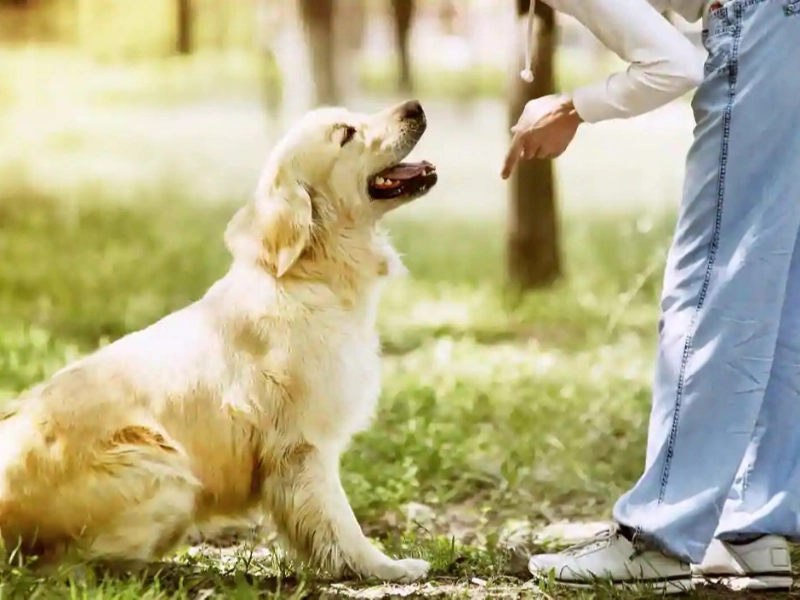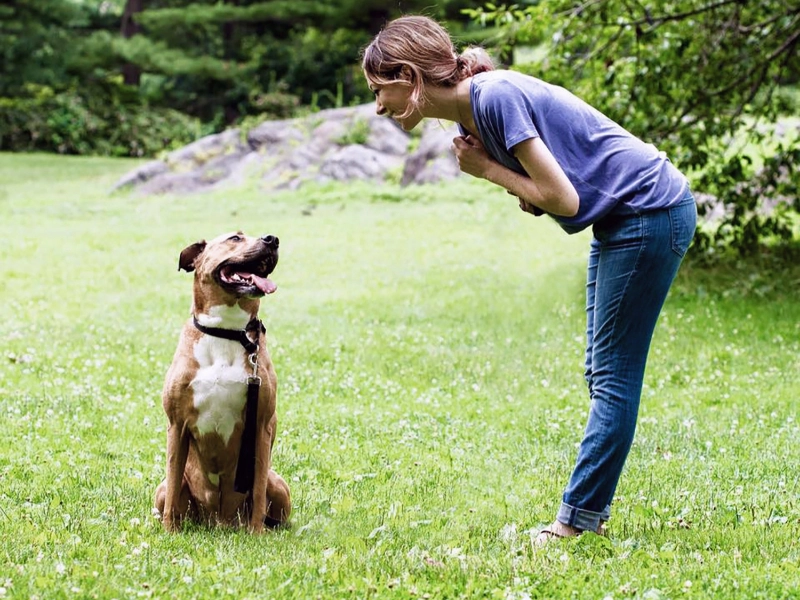Advertisement
Behavioral changes

Advertisement
Pain in dogs can be subtle, but there are signs that your pup is in discomfort. Signs such as changes in behavior and increased panting or moaning should indicate that assistance is needed.
Lethargy or lack of interest in play could indicate pain, as could an unusual aversion to certain activities or behaviors that you normally enjoy together.
Changes in activity level

Changes in activity levels can be a sign that your dog is in pain. For example, if he becomes less playful or slower during walks, these could be signs. If
your dog shows any of these symptoms, you should take him to the vet immediately to be examined. This will help your pet feel better and avoid further discomfort. Depending on the cause, your dog may require different types of treatment.
Changes in diet

If your puppy is normally a picky eater and suddenly loses interest in food or cuts back on his usual portions of dry food, it could be a sign of pain. Changes in water intake, hygiene habits and sleep patterns could also be a sign he's struggling with discomfort.
Changes in sleep habits

If your puppy's sleep patterns change drastically during the night, this could be a sign of pain. Dogs tend to sleep and change positions more frequently at this time to feel comfortable.
Additionally, dogs in pain often become very lethargic - either they don't want to move because they're in pain, or they're afraid to move.
Changes in bladder habits

If your dog is having difficulty urinating, it could be a sign of discomfort, and increased frequency of urination could also indicate an underlying bladder problem.
Changes in smell

One of the best ways to know if your dog is in pain is by their smell. A fishy smell or smelly saliva coming from their anal glands could be a sign of discomfort. Some
signs of discomfort are easy to observe (like limping or visible injuries), while others are more subtle.





